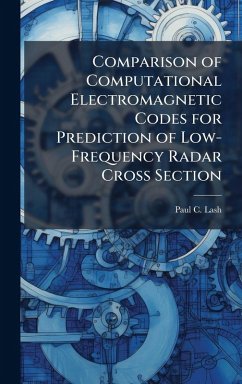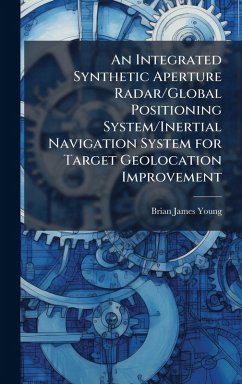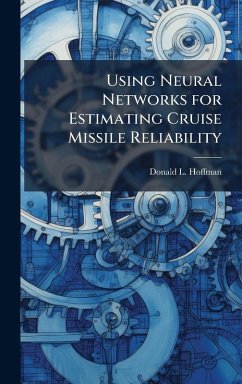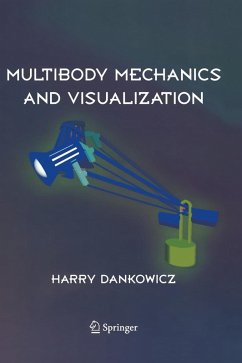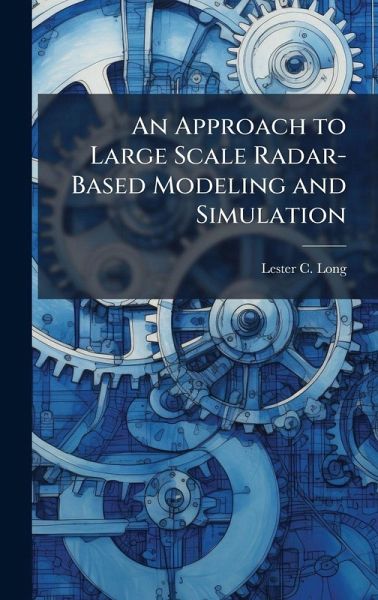
An Approach to Large Scale Radar-Based Modeling and Simulation
Versandkostenfrei!
Versandfertig in über 4 Wochen
29,99 €
inkl. MwSt.
Weitere Ausgaben:

PAYBACK Punkte
15 °P sammeln!
This research presents a method of aggregating, or reducing the resolution, of a commonly available DoD simulation. It addresses the differences between varying levels of resolution and scope used in the Department of Defense's hierarchy of models pyramid. A data representation that aggregates engagement-level simulation data to use at a lower resolution level, the mission-level, is presented and analyzed. Two formats of implementing this data representation are developed and compared: the rigid cylinder format and the expanding tables format. The rigid cylinder format provides an intuitive wa...
This research presents a method of aggregating, or reducing the resolution, of a commonly available DoD simulation. It addresses the differences between varying levels of resolution and scope used in the Department of Defense's hierarchy of models pyramid. A data representation that aggregates engagement-level simulation data to use at a lower resolution level, the mission-level, is presented and analyzed. Two formats of implementing this data representation are developed and compared: the rigid cylinder format and the expanding tables format. The rigid cylinder format provides an intuitive way to visualize the data representation and is used to develop the theory. The expanding tables format expands upon the capabilities of the rigid cylinder format and reduces the simulation time. Tests are run to show the effects of each format for various combinations of engagement-level simulation inputs. A final set of tests highlight the loss in accuracy incurred from reducing the number of samples used by the mission-level simulation. This work has been selected by scholars as being culturally important, and is part of the knowledge base of civilization as we know it. This work was reproduced from the original artifact, and remains as true to the original work as possible. Therefore, you will see the original copyright references, library stamps (as most of these works have been housed in our most important libraries around the world), and other notations in the work. This work is in the public domain in the United States of America, and possibly other nations. Within the United States, you may freely copy and distribute this work, as no entity (individual or corporate) has a copyright on the body of the work. As a reproduction of a historical artifact, this work may contain missing or blurred pages, poor pictures, errant marks, etc. Scholars believe, and we concur, that this work is important enough to be preserved, reproduced, and made generally available to the public. We appreciate your support of the preservation process, and thank you for being an important part of keeping this knowledge alive and relevant.



